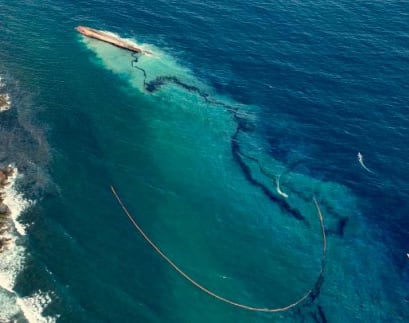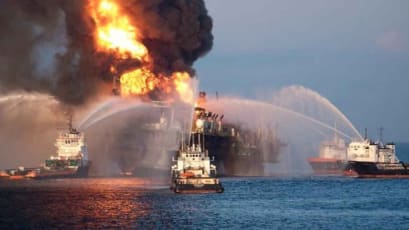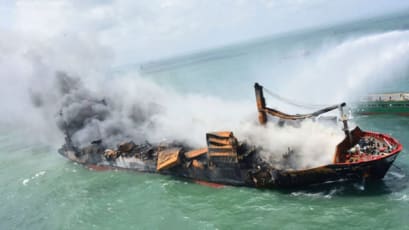Exxon Valdez oil spill: turning tides in spill response history
The Exxon Valdez spill in 1989 released 11 million gallons of oil, causing widespread damage to Prince William Sound’s ecosystems, wildlife, and coastline. The incident served as a catalyst for major advancements in global oil spill response strategies and regulations.
Background
In March 1989, the Exxon Valdez oil tanker struck Bligh Reef in Alaska’s Prince William Sound, spilling 11 million gallons of crude oil into a remote and ecologically rich marine environment. Though not the largest in volume, the incident had a profound impact—affecting over 1,300 miles of coastline and causing extensive harm to local wildlife and sensitive ecosystems.
Response activation
In response to the spill, the Governor of Alaska declared a state of emergency and Exxon undertook responsibility for managing the clean-up. The company initiated large-scale operations and covered the associated costs, working alongside federal and state agencies.
To prevent further spillage, the remaining oil onboard the Exxon Valdez was transferred to the Exxon Baton Rouge tanker. Initial response activities were mobilised swiftly, with local, federal, and international teams collaborating to mitigate the spill's impact.
Efforts included deploying containment booms, skimming operations, and beach cleanup initiatives. However, the sheer scale of the spill necessitated additional resources.
Context of OSRL’s involvement
When the Exxon Valdez incident occurred, OSRL hadn’t been formally established; we were still an oil spill response base operated by BP in Southampton with only ten operational staff. BP Alaska immediately mobilised the oil spill response team that would become OSRL for specialised spill equipment and oil spill experts.
The lessons learned from this disaster significantly influenced the founding of global spill response organisations, including OSRL. It emphasised the importance of pre-planning, the availability of resources, and cooperative international responses, which have since become hallmarks of OSRL’s approach.
Main goals and priorities
- Contain and recover spilled oil as quickly as possible.
- Protect sensitive coastal habitats and wildlife populations.
- Engage and coordinate with local communities and stakeholders.
- Ensure responder safety and efficiency throughout the operation.
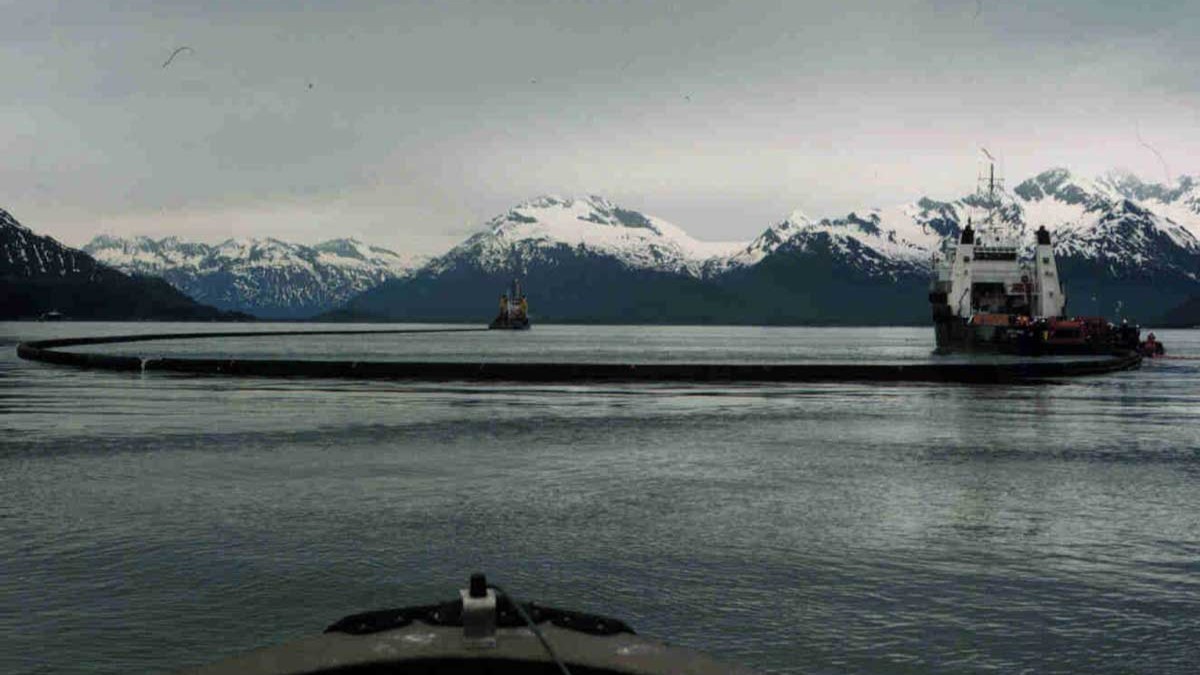
Unique challenges
- Lack of pre-positioned resources in the area, local cooperative agreements and readiness plans: Our team use a civilian Hercules L-382 aircraft to load equipment and travel to Alaska to commence operations. Even though this trip took 24 hours and 3 fuel stops, OSRL was still one of the first external organisations to arrive in-country.
- Oil behaviour in sub-zero temperatures and access to remote locations: Highly viscous oil in cold weather was difficult to recover with equipment available at the time, so our team was asked to experiment with new techniques in small remote islands that were heavily oiled. Transporting people and equipment to these remote and rugged locations was logistically challenging, requiring the use of helicopters since there were no roads.
- Extensive public and media scrutiny created additional pressure on responders. The spill affected thousands of native wildlife species and led to a regional fishing ban.
Response methodology
- Containment and recovery: Over 1,400 vessels were involved in deploying booms and skimming oil from the water. Heavy oil skimmers were used in the morning when temperatures were low and oil viscosity was high. Disc skimmers were used later in the day after the oil warmed up slightly.
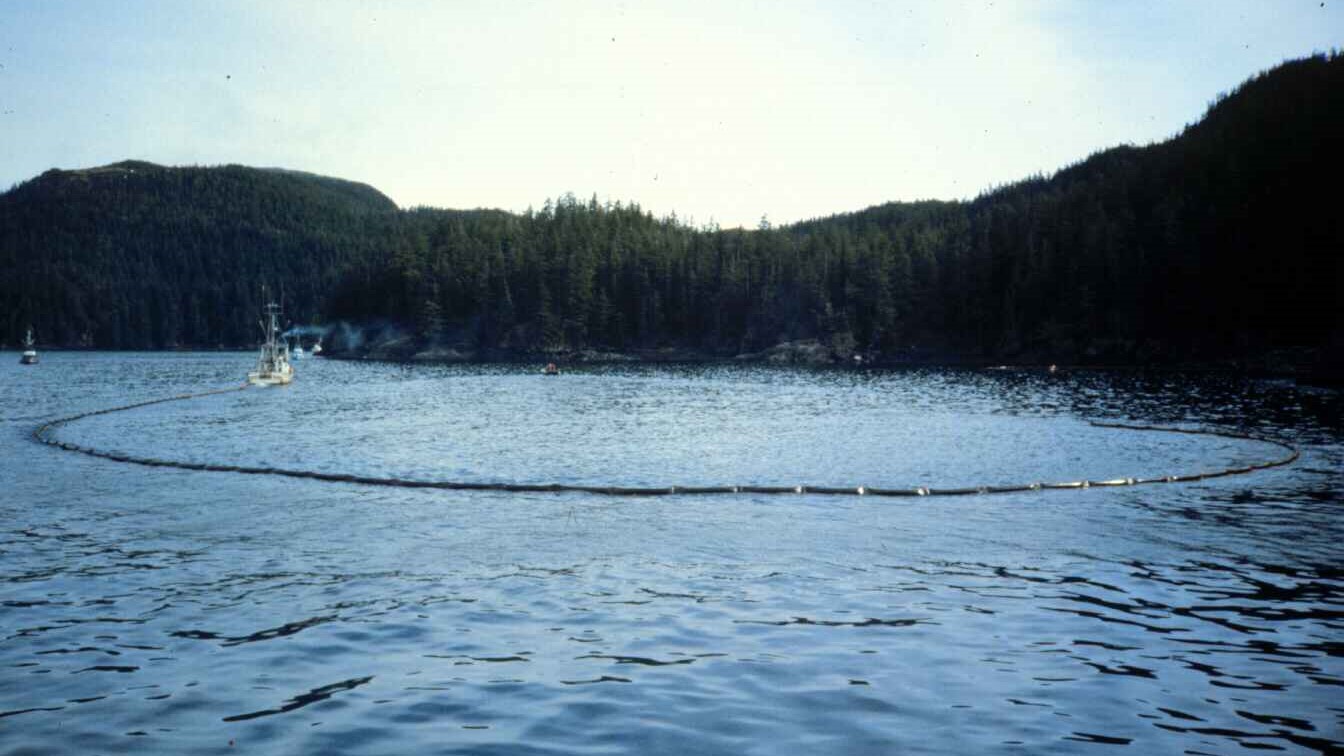
- Shoreline cleanup: High-pressure washing and manual removal methods were employed to decontaminate oiled shorelines. The techniques used included cold water flooding and hot water pressure washing.
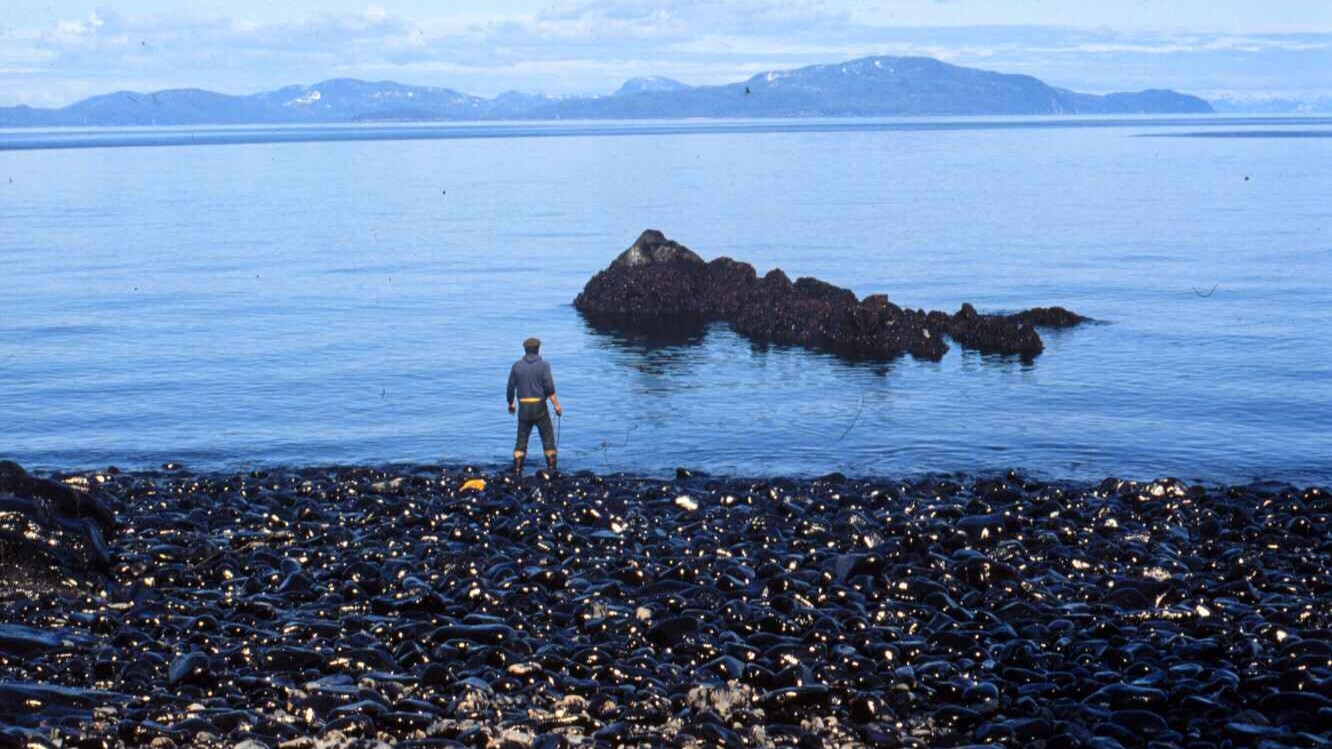
- Bioremediation: Biological agents were introduced to accelerate natural oil degradation processes.
- Wildlife rehabilitation: Thousands of professionals and volunteers worked to save and rehabilitate wildlife, cleaning birds and mammals and guiding terrestrial species like deer and bears away from contaminated areas.
- Collaborative management: Stakeholders coordinated efforts under a unified command structure, ensuring a cohesive response.
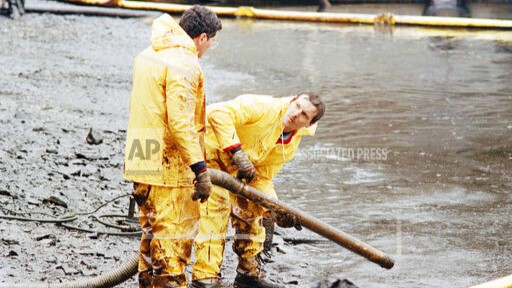
Results
The response cleaned over 1,700 km of polluted coastline, including fjords, inlets, and islands. Although great progress was made, approximately 25% of the spilled oil remained in the environment. Tens of thousands of seabirds and marine mammals were treated, although mortality rates were high.
The incident spurred legislative change, most notably the U.S. Oil Pollution Act of 1990, which mandated the use of double-hulled tankers in US waters and established a national trust fund to support clean-up operations for future oil spill responses.
The lessons learned from this disaster significantly influenced the founding of global spill response organisations, including OSRL. It emphasised the importance of pre-planning, the availability of resources, and cooperative international responses.
Key learnings
- Strategic preparedness: Incidents of this scale underscore the importance of maintaining robust contingency plans, comprehensive training, and readily available equipment to ensure rapid response.
- Unified command systems: Collaboration between government agencies, oil operators, and local stakeholders enhances coordination, resource allocation, and operational effectiveness.
- Technological advancements: Continuous investment in innovative spill response technologies is vital for improving response efficiency.
- Environmental sensitivity: Response plans must adapt to local ecological conditions, prioritising the protection of sensitive species and habitats.
- Community involvement: Transparent communication and active engagement with affected communities build trust and foster cooperation during recovery efforts.
Why choose OSRL
With decades of experience and a global team of experts, we provide proven solutions tailored to diverse challenges. Our extensive inventory of specialised equipment enables swift and effective responses to spills of all magnitudes. We collaborate with local organisations and regulatory bodies worldwide, ensuring seamless integration and alignment in response operations. By leveraging the latest advancements in spill response, we continuously enhance our methods and capabilities to address evolving environmental and industry needs.
Want to talk about spill response?
OSRL offers a holistic approach to response, with solutions for offshore, inland and subsea incidents. Our teams are trained to operate in all environments—from remote regions to extreme cold—and bring specialised capability to all aspects of spill response, including areas like oiled wildlife that require specific expertise. Our members get access to technical advisors, our Global Dispersant Stockpile, aviation services, and equipment hire solutions.
Find out more about our Membership options.



